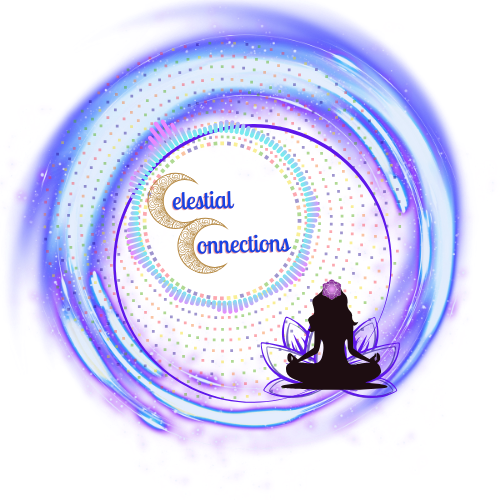The Science of Sound Therapy
To understand the fundamentals of how sound is synonymous with healing practices we must first understand our brain waves. Brain waves are generated by way of electrical pulses working in unison from masses of neurons interacting with one another. Brain waves are divided into 5 different bandwidths that are thought to form a spectrum of the human conscious. The slowest waves are the delta waves (.5 to 3 Hz), which occur mostly during our deepest sleep. The fastest of the waves are gamma waves (25 to 100Hz) which are associated with the higher states of conscious perception. Alpha waves (8 to 12 Hz) occur when the brain is daydreaming or practicing mindfulness and meditation.
A series of experiments conducted by the Neuro-electric therapy engineer Dr. Margaret Patterson and Dr. Ifor Capel revealed how alpha brain waves boosted the production of serotonin. Dr. Capel explained: "As far as we can tell, each brain center generates impulses as a specific frequency based on the predominant neurotransmitter it secretes. In other words, the brain's internal communication system's language is based on frequency. Presumably when we send in waves of electrical energy at, say, 10 Hz, certain cells in the lower brain stem will respond because they normally fire within that frequency range."
Another interesting study utilized a different method of sound therapy delivered in two ways, an in-person sound bath and by a recording of the same sound found online. The focus of this research was to answer the following: Is live sound more effective than digitally recorded? What are the consciousness altering affects of this method and to what degree are the domains affected? What are the therapeutic benefits of sound induced altered states of consciousness? Data was analyzed and statistically significant data was produced in the domains of physical relaxation, imagery, ineffability, transcendence of time and space, positive mood, insightfulness, disembodiment and unity across both live and recorded studies. These findings provide further understanding of the depth at which live therapeutic sound compared to a recording is experienced. A live study is more emotionally moving with participants being able to put their existence into words and experiencing joy, possibly due to the presence of the instruments and the vibrations that can be felt across the body. Conversely, the recorded sound seemed to create deeper introspection and a deeper altered state of consciousness. Both groups seemed to benefit from the relaxing effect of the sound and lost their usual sense of time and space.
A series of experiments conducted by the Neuro-electric therapy engineer Dr. Margaret Patterson and Dr. Ifor Capel revealed how alpha brain waves boosted the production of serotonin. Dr. Capel explained: "As far as we can tell, each brain center generates impulses as a specific frequency based on the predominant neurotransmitter it secretes. In other words, the brain's internal communication system's language is based on frequency. Presumably when we send in waves of electrical energy at, say, 10 Hz, certain cells in the lower brain stem will respond because they normally fire within that frequency range."
Another interesting study utilized a different method of sound therapy delivered in two ways, an in-person sound bath and by a recording of the same sound found online. The focus of this research was to answer the following: Is live sound more effective than digitally recorded? What are the consciousness altering affects of this method and to what degree are the domains affected? What are the therapeutic benefits of sound induced altered states of consciousness? Data was analyzed and statistically significant data was produced in the domains of physical relaxation, imagery, ineffability, transcendence of time and space, positive mood, insightfulness, disembodiment and unity across both live and recorded studies. These findings provide further understanding of the depth at which live therapeutic sound compared to a recording is experienced. A live study is more emotionally moving with participants being able to put their existence into words and experiencing joy, possibly due to the presence of the instruments and the vibrations that can be felt across the body. Conversely, the recorded sound seemed to create deeper introspection and a deeper altered state of consciousness. Both groups seemed to benefit from the relaxing effect of the sound and lost their usual sense of time and space.
